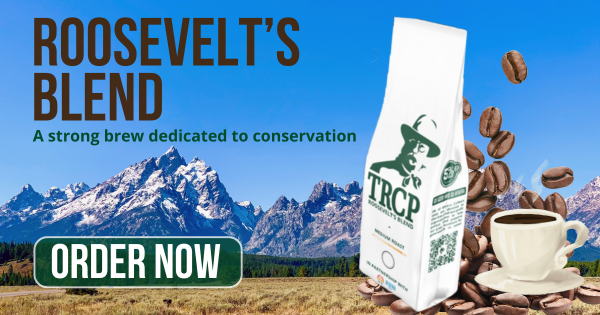Paper Trails was filmed nearly a year ago, but the memories are still fresh for Mason
With a Wyoming pronghorn antelope hunt as a backdrop, Paper Trails and its characters, including Mason, uncover the challenges hunters and other outdoor recreationists face when accessing and navigating their public lands and describe what’s being done to improve that access.
TRCP: With hunting season around the corner, we have to ask—did you draw another pronghorn tag this year?
Mason: I didn’t, but two of my kids drew the same tag I had last year. So we’re excited to get back out there this season!
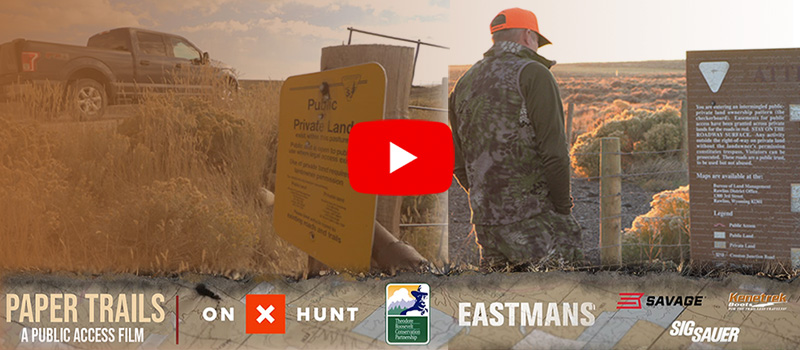
TRCP: The buck you took last year was great, and from the film it looked like you put in some serious work to find access. Can you talk about some of the challenges that arise when navigating public access in areas with mixed public-private ownership?
Mason: The biggest challenge is just to make sure you don’t trespass and cause frustrations for local landowners. I study maps and apps intently to ensure I know where to go and where not to go. Even with studying maps, though, there is nothing like ground-truthing. Sometimes access looks easy on a map, but then you get there, and the road on the map either doesn’t exist or isn’t a public road. It can be very frustrating, but very rewarding when you do it right and respect all landowners in the area.
We saw a lot of pronghorn and discovered new areas to access that I couldn’t in the past thanks to a walk-in program.
TRCP: What were your expectations going into the hunt?
Mason: I had hunted this area in the past, but it had been a while. My expectations were to see a few pronghorn on land I could hunt and then make the most of limited opportunities. Thankfully, though, we saw a lot of pronghorn and discovered new areas to access that I couldn’t in the past thanks to a walk-in program administered by the Wyoming Game & Fish and private landowners.
TRCP: Your buck didn’t take a step after the shot—what rifle and cartridge were you shooting?
Mason: I was using a Savage Impulse Mountain Hunter rifle in 6.5 PRC with a 143 grain ELD-X bullet from Hornady in their Precision Hunter line of ammunition. It definitely did the job quickly and cleanly. It was actually the first animal harvested with that new rifle, which was pretty cool for this film. That round is amazingly flat-shooting and accurate.
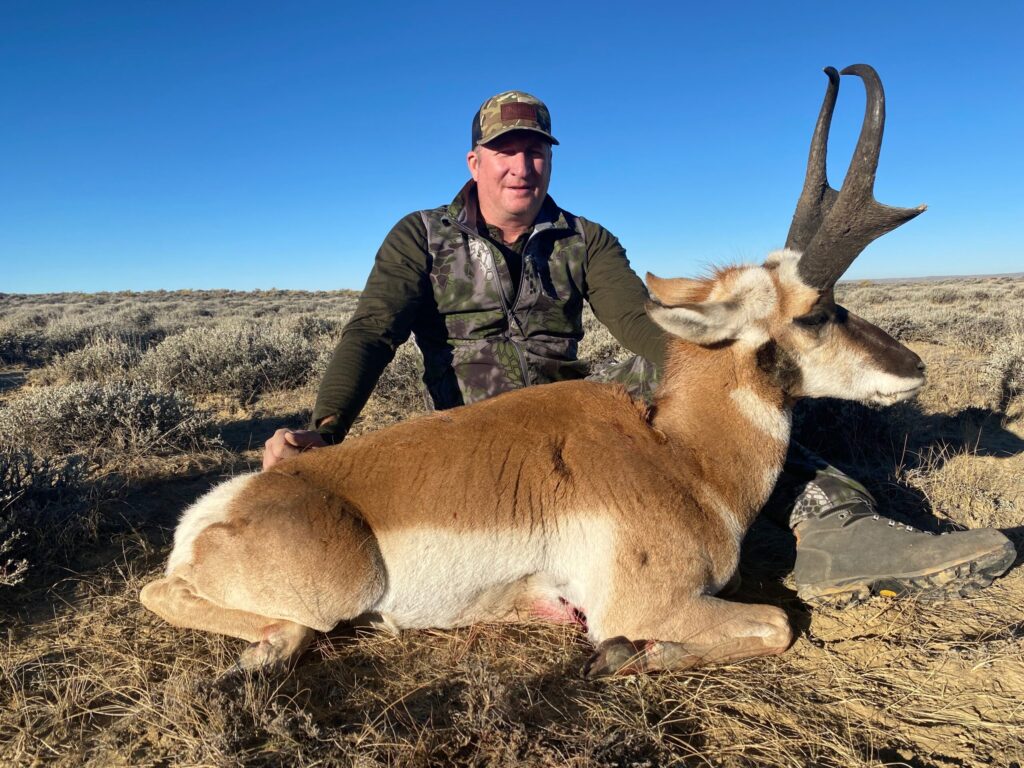
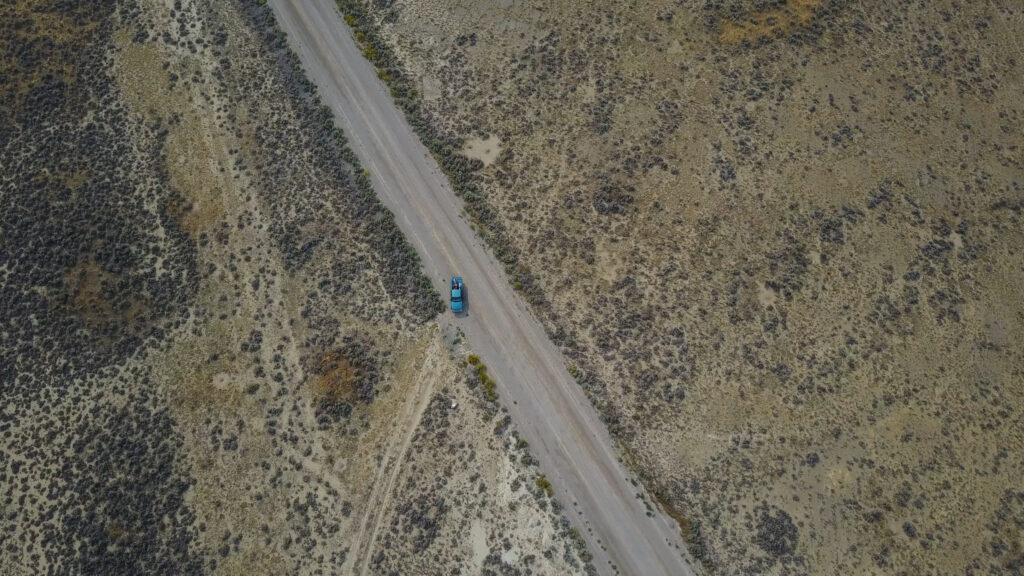
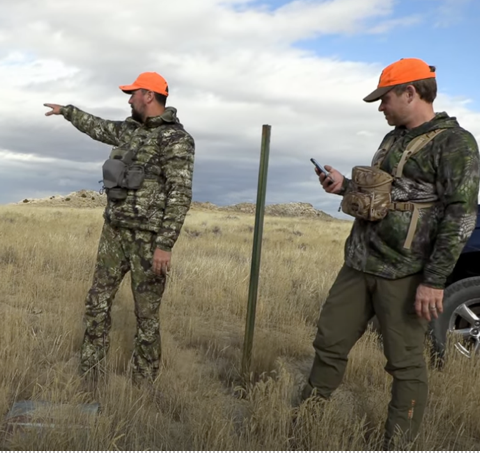
TRCP: What was uncovered during the research and filming of Paper Trails that surprised you the most?
Mason: The sheer volume of records that are managed by the Forest Service, Bureau of Land Management, state county offices, etc. It truly was dumbfounding when we were in the Forest Service’s Missoula office, as well as the passion and attention to detail of their personnel like Will Pedde. They see it as their life’s work and are very dedicated to managing all of those records.
TRCP: How will you use the knowledge you gained from that hunt this season?
Mason: I plan to impress upon our audience at Eastmans’, as well as my children, on just how precious our access is to public land and how we all need to do our best to be good stewards on public and private lands to ensure we are able to have that access in the future.
TRCP: What’s your #1 tip for hunting pronghorn?
Mason: Don’t act sneaky! Hahaha…it seems the sneakier I try to act, the more I scare them off. I’ve discovered that if you act too interested in them, they’ll turn tail and be in the next county before you know it. Have patience and have fun. Pronghorn hunting is such a fun way to spend time with family and friends, so don’t take yourself too seriously when you’re out there.
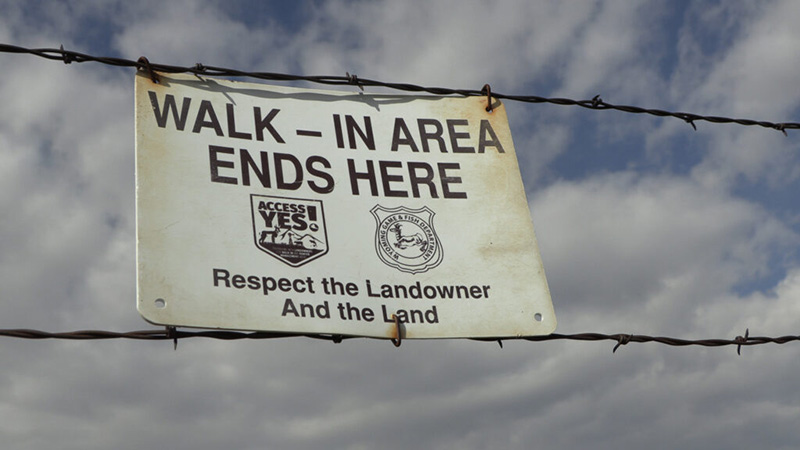
TRCP: What made pronghorn the perfect hunt to highlight the challenges and opportunities of public access?
Mason: Pronghorn live in some of the most checkerboarded landscapes out West. To be successful year in and year out, it is imperative to hunt similar areas as often as possible and do your homework on public land access well in advance of the hunt itself. Pronghorn hunting is often a challenge to the public land hunter, which makes them the perfect species to highlight access opportunities.
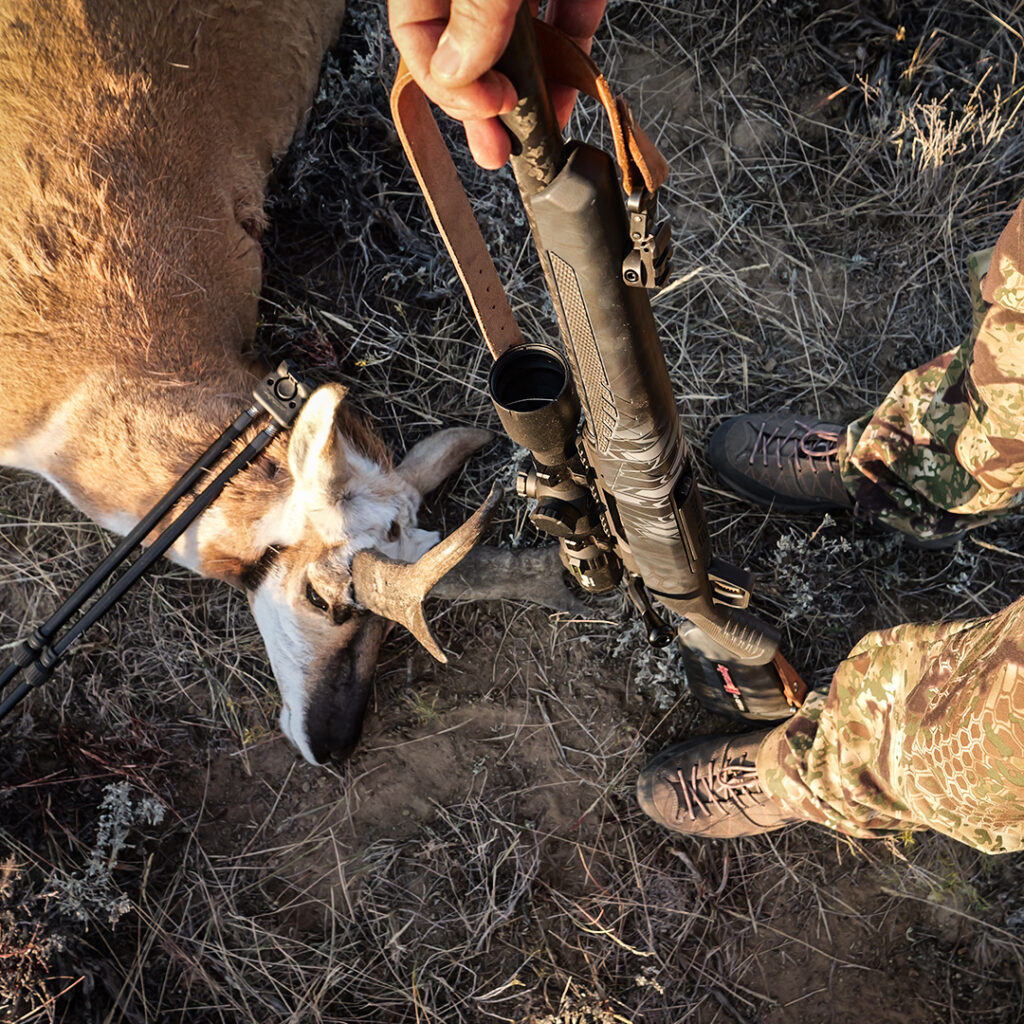
TRCP: What are some of the tools you use to help identify and navigate public access?
Mason: Obviously onX has changed the game and made us all more intuitive hunters. I’m also a map geek and love pouring over maps, using a compass, and studying topography and landscape features to not only navigate public access, but also to understand where animals can predictably be out on the landscape, no matter what state I’m in.
TRCP: What advice about access would you give to hunters heading to a new area to hunt this season?
Mason: Start your research early, talk to game and fish officials, land management agencies, other hunters on forums, friends and family that have hunted that same area and/or that same species in the past, and just soak it all in. Life is a series of data points on a graph. Data points form clusters, and the clusters tell a story. It takes time, and each experience helps you have fun and be successful in the next opportunity. That goes for all things in life…not just hunting. I’m always gleaning information from everything and everyone around me in my day-to-day life.
Watch Paper Trails here, and learn more about TRCP’s commitment to expanding public access here.
Photo Credit: Eastmans’ Hunting Journals


